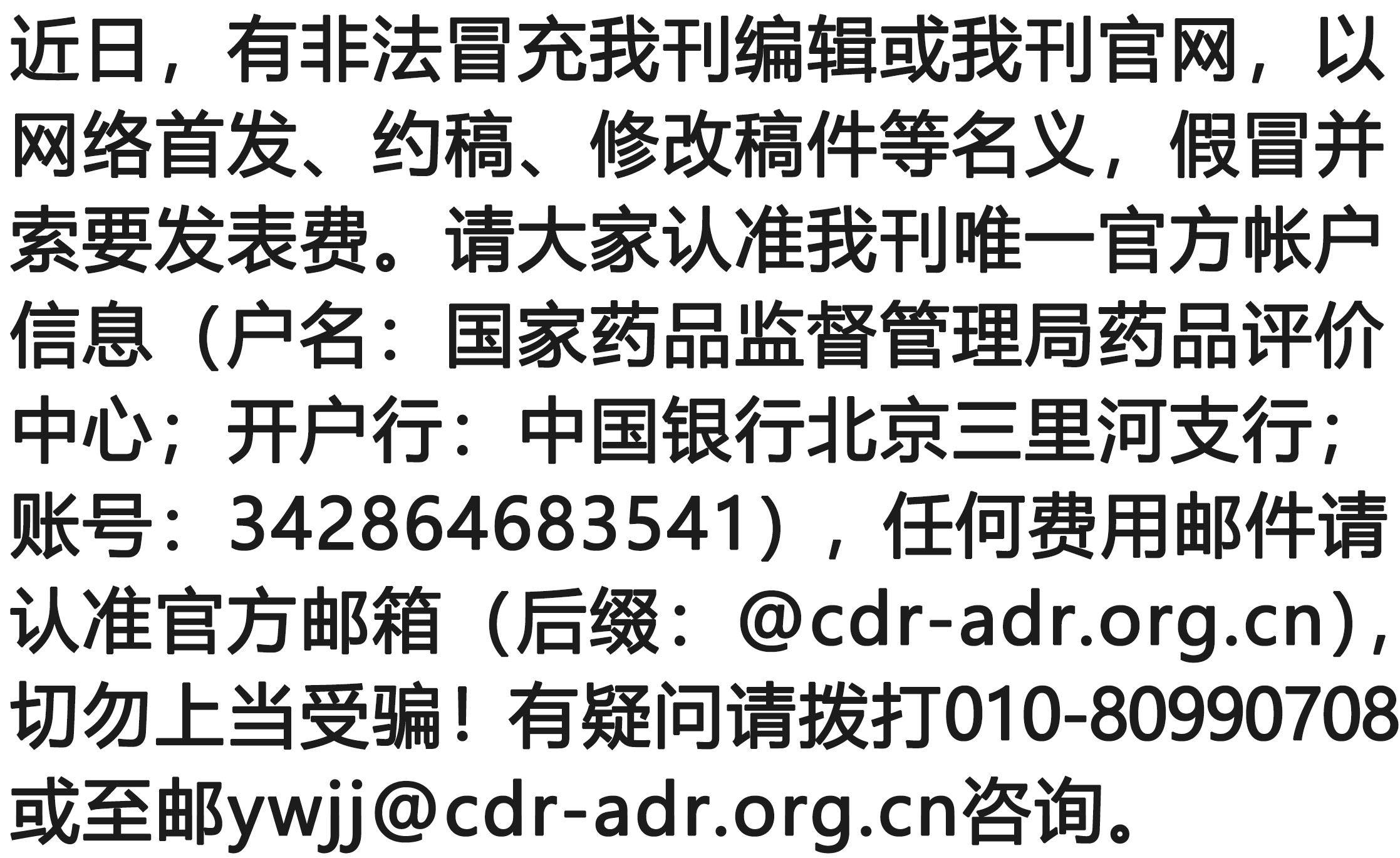|
|
470 Reports of New and Serious Adverse Drug Reactions Induced by Antineoplastic Drugs
YANG Jiali, DONG Xinyi, HUANG Huanjun, CHEN Haoyun, ZHONG Luhua, ZHANG Yunhui, ZHANG Wenqian, CAO Huaijin, LIANG Weiting
2025, 22(12):
1399-1403.
DOI: 10.19803/j.1672-8629.20250511
Objective To analyze the characteristics of new and serious adverse drug reactions (ADR) associated with antineoplastic agents, and to provide a reference for safe medication. Methods A total of 470 reports of new and serious ADR associated with antineoplastic agents were collected from a hospital in 2022-2024. The types of reports, causality assessments, gender of patients, age, primary diseases, routes of administration, time to ADR onset, outcomes, suspected drugs, and clinical manifestations were statistically analyzed. Results Among the 470 cases, 173 (36.81%) were new ADR, including 132 new and mild ADR and 41 that were both new and serious. There were 297 (63.19%) cases of serious ADR. The incidence of ADR was slightly higher in males than in females, with gender distribution varying across age-groups. The highest incidence occurred in the group ages 51 to 70. Intravenous infusion was the most common route of administration (587 instances, 82.10%). There were 245 reported cases of ADR (52.13%) that had occurred within one day of drug administration, and a total of 440 cases of ADR (93.62%) improved and completely recovered. A total of 715 suspected drugs involving 63 varieties were reported, including 144 (20.14%) novel antineoplastic drugs of 30 varieties, and 571 (79.86%) traditional antineoplastic drugs of 33 varieties. Platinum-based agents were the most frequently involved (213, 37.3%). The most commonly affected organs and systems by new ADR were systemic disorders and conditions at administration sites, with chest tightness being the predominant clinical manifestation (34 instances). For serious ADR, the most frequently affected systems were blood and lymphatic system disorders, with neutropenia as the main clinical presentation (122 instances). Conclusion New and serious ADR are associated with patients’ gender, age, underlying diseases, routes of administration, and suspected medications. Close monitoring is recommended for patients prone to such ADR in clinical practice.
References |
Related Articles |
Metrics
|
